What is Classical Chinese Medicine? Why it is different from Traditional Chinese Medicine?
Often, patients attracted to Chinese Medicine will find themselves very confused with different terms such as CCM (Classical Chinese Medicine) and TCM (Traditional Chinese Medicine). What exactly do they mean? A blueberry pancake – strawberry pancake, aren’t they all just really pancakes?!
Actually, this is a very interesting topic in Chinese Medicine. In order to make it crystal clear, I want you to, first, fasten your belt and travel with me in a time-machine to see, briefly, a little bit of the history of this ancient healing system.
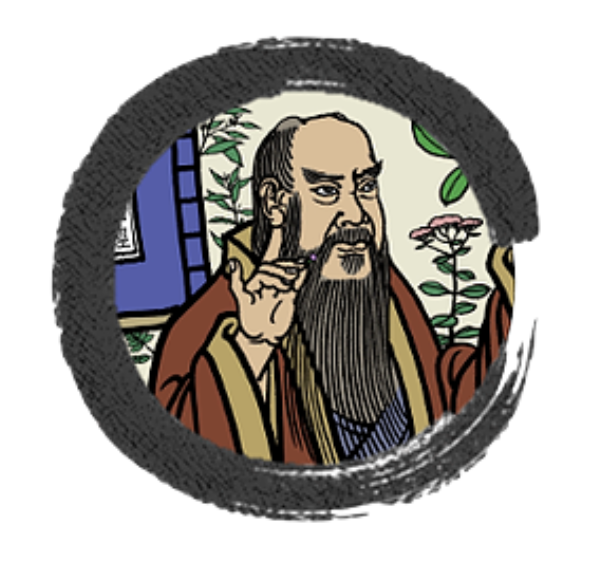
”Beep-Beep!” First stop! Our time-machine has traveled backwards for more than 5,000 years to a region of isolated areas in Central China. Look through the window and you can see some people of the early tribes – first, a great big guy catches your eye. You sense he is a leader or THE leader of his tribe and highly respected. His name is Shen Nong and people (lovingly) call him the “Divine Farmer”. This highly admired intellect, scientist, agriculturist, and medicinal herbalist tasted, tested, and collected information about hundreds of herbs. Assistants recorded his research data, and this became the first herbal classic in Chinese Medical History. This book, still translated and published today and considered a great work and pillar of Chinese medicine, is called the “Shen Nong Ben Cao Jing”.
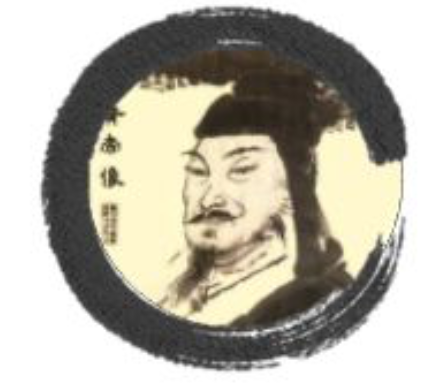
The next stop on our ride comes after we travel forward for about 2500 years. “Beep-Beep”! Now we arrive during the Spring and Autumn Warring States Period somewhere around 600-500 BC. We see people working very busily carving out (writing down) a lot of records and scribing the old oral transmissions from the time of the Yellow Emperor onto bamboo pieces, turtle shells and animal bones.
For many years prior to this scene, the Yellow Emperor was the leader that united all tribes in Central China. He was also known as the “Ancestor of Chinese people”, who held far-reaching discussions and research into medicine and acupuncture with his primary care doctor, named Qi Bo, and a group of trusted advisors. These bamboo/turtle-shell/bone pieces were edited into the earliest surviving text written by medical specialists. It is called “The Yellow Emperor’s Classic of Internal Medicine”, which unified the medical knowledge from the earliest known times up until their present era — the Eastern Zhou Dynasty period.
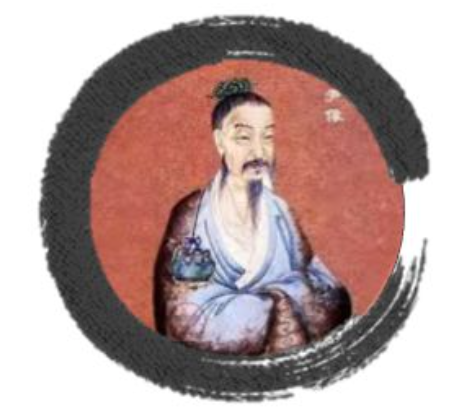
“All Aboard”! We are going to travel now a little back and sideways to see what has been going on, meanwhile, over in the Yellow River Valley/Eastern China between the 16th – 11th centuries BC. We arrive during the Shang Dynasty and see people sitting around and drinking liquids from stunningly decorative, 3 foot cups, which are called “Ding”. These folks look pretty happy after drinking, and some are singing and dancing with red shiny faces. Are they drinking wine? Yes, we arrived at the stage back in history where the Yellow River Valley people just started to master the skill of making alcohol from grains and grapes.
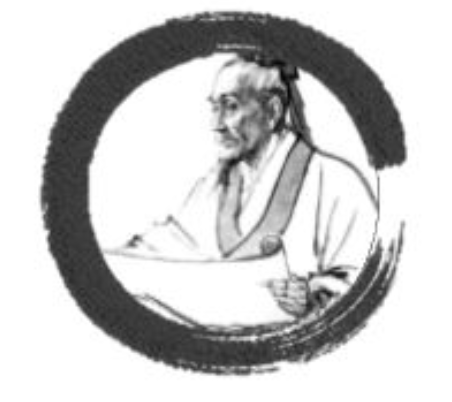
“Beeeeep”! Now we arrive during the East Han period. This time we will visit a state governor. His name is Zhang Zhongjing (circa 150-219 AD). This is certainly no party like we enjoyed at the last stop. We see this serious Physician in his private office. The gentlemen is writing a book on bamboo pieces, and his face looks very sad. Of course he is filled with grief — he comes from a big family and recently, because of the influenza epidemics, he lost two thirds of his family members. He decided to change his career path from politics to full-time medical doctor to save lives using his medical skills.
Zhang Zhongjing did a fantastic job and became the most eminent physician of the late Han Dynasty. He wrote a sixteen volume medical book entitled “Discussion of Cold-Induced Disorders” by combining the essence from previous medical classics (listed above) and established a complete medical system from diagnostic to treatment protocols. Because of his contribution, he is called the “Medical Saint” by many Chinese people still today.
The Classical Chinese Medical system is considered to be a complete, relevant, and uniquely special methodology that is timeless in its approach and results. You may, understandably, ask why we presume it to be so….
First, I’d like to summarize a few important points:
- It is a rich and sophisticated medical system with thousands of years of deep practice and thousands of years of repeated results — based on naturalistic philosophy (Daoism) that interconnects nature, health, life, and the Universe.
- Medical knowledge has been passed along from generation to generation through hands-on apprenticeship training in private clinical settings and reference books steeped in scientific research.
- Different layers of the whole person, ranging from the physical, the emotional, and the spiritual layer are kept under one system. Therefore, Chinese Medical Physicians analyze health issues from the whole person approach in order to find imbalance and aim the treatments at the root cause of the imbalance. This is in-sync with the emerging energy medicine based on advanced findings in the field of quantum physics. In a few words, this system is so ancient, yet, paradoxically, it is so progressive that it is difficult to fully grasp and master. It often makes me wonder if it is a gift left behind by a benevolent, ancient, lost civilization or was somehow slowly uncovered here by God’s design as a hidden treasure.
- From the very beginning, it was created as a personalized medical system. Therefore, it never does a one-size-fits-all approach. From diagnosis to initial treatment and to all the follow-up treatments, it is always individualized to best fit the patient’s health needs at each particular moment.
- In this system, the theory and prescriptions that have been tested and used for numerous times back in history, are still of substantial practical value today in the areas of epidemic infectious disease, cold/flu, digestion, gynecology, neuro-muscular impairment, bell’s palsy, concussion, whip-lash and other syndromes of musculo-skeletal trauma, and many other difficult-to-treat health issues — especially those that stump modern Western medicine or incur their only available advice for the situation, “you must learn to live with it”.
Three years ago, I treated a patient with a severe case of edema in my clinic. When she came for her first appointment she was in a wheelchair. The edema was so drastic that one could hardly discern her joints anymore. She had lost all mobility. Her ten fingers were like ten popsicles and none of them could even bend the slightest bit. She had visited a lot of specialists in this area and doctors performed all kinds of test on her, but they couldn’t find the cause of the problem nor any remedy for her symptoms.
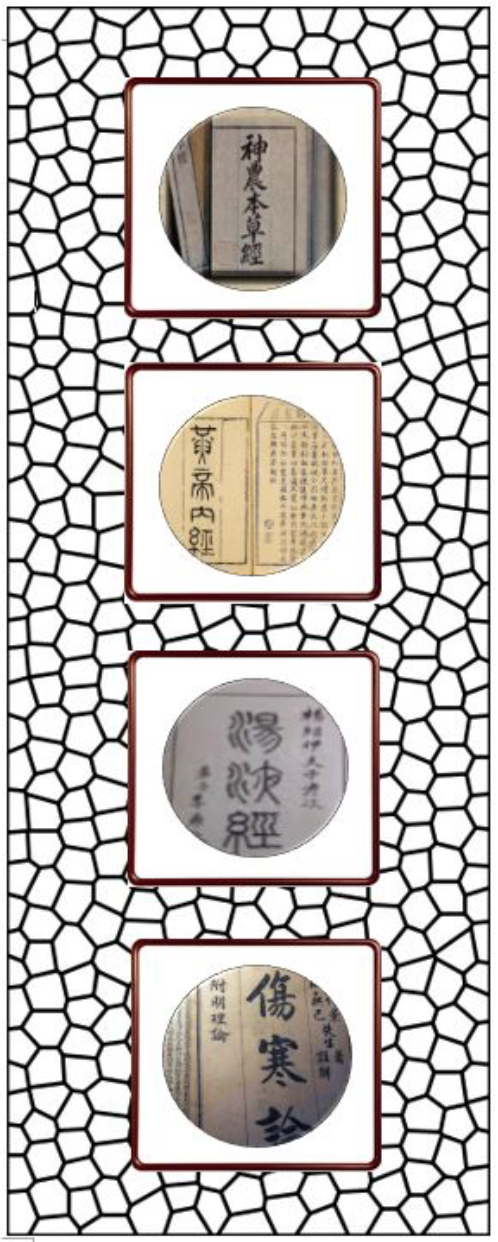
When I applied the diagnostic and treatment protocol according to the Classical Chinese Medical system, by the second week she walked into the clinic by herself. By the end of the second month, she had lost 27 pounds of toxic water and gained 90% of her mobility back. She was able to write me a check by herself, drive her car, and perform most of her daily activities independently.
Such case studies from our clinic could fill hundreds of pages of this blog. We have posted brief accounts by allowing our patients’ reviews and testimonials to be made public on this site. Click here for more information.
As a Chinese Medicine practitioner, even I am often astonished at the speed of recovery and the amazing power of this medical system. I appreciate so much the wisdom of our ancestors, for leaving us such a wonderful treasure.
So (back to) why is Classical Chinese Medicine is so much different from the more recently developed TCM (Traditional Chinese Medicine)?
In order to explain this, let’s get back in our time machine again, and this time, we don’t have to travel far. Let’s go backwards just about 60 years, to the year 1956.
We arrive at a special time in China’s recent history. It is right after World War II, when the People’s Republic of China (or what we call the New China) was just founded. This time we visit Prime Minister Zhou Enlai’s office. He just signed papers that authorized the immediate establishment of the first four colleges of Chinese medicine (namely, the Chengdu, Beijing, Shanghair, and Guangzhou Colleges of TCM).
The institutional TCM method of education officially kicked off from this historical moment. And the pre-institutional model of discipleship/apprenticeship education gradually faded away from the main stage. The main momentum behind the government’s embrace of Chinese Medicine during the mid-1950s is actually political. Two years later, Chairman Mao Zedong issued a series of political movements, and one of them was called “Chinese-Western medicine integration”. The integration movement, in essence, mandated the establishment of “TCM”, a medical system which would keep itself ‘politically correct’. However, in order to keep a medical system in compliance under the marxist-materialist ideology, the word integration lost its true meaning. Classical Chinese Medicine, this ancient, rich, and sophisticated medical system, passed down through the generations by the people who witnessed its beauty and integrity — through hands of its lineage holders for thousands of years, had to undergo a painful “plastic surgery” in order to be transformed into TCM. The spiritual layer, the one that integrates the human being with nature and the universe/God/Taoism, and many other critical elements that are inseparable from the whole system, were eliminated for being “feudal elements”. This political correcting allowed TCM to be a medicine that did not undermine the governing party’santi-theistic agenda.
So this is the true difference between CCM and TCM. The stark contrasts between the two go even deeper now, 60 years later, and I am sorry if I misled you with my remark about pancakes. It is, as I am sure you see now, quite different from blueberry vs. strawberry.
But, actually, if we still want to use pancakes as the analogy: imagine CCM as the old fashioned grandma’s hand-made version that is made of all organic and natural ingredients, always tastes delicious and filled with love and blessings, and now we look back at the recipe, and take the organic ingredients out, and put back in genetically modified flour, with high-fructose corn syrup, and maybe some food coloring, artificial flavoring and preservatives (to keep the cost down and the profits up). It may still turn out to be an edible pancake. But, certainly not the best choice for curing your hunger, savoring your food, and sustaining the highest quality of life between meals.
I think for any online guest who has had the patience to scroll all the way down to this section of my (long article), and if you decided to try the old-fashioned grandma’s “pancake”, you may be wondering: Where/How to find a practitioner that practices Classical Chinese Medicine?
As you may come from every possible corner of planet earth it is very hard for me to give you a succinct list. However, the following questions may help you identify the right practitioner in your local area (and you do have the right to interview your physician just as she/he has the right to interview to interview perspective patients):
Does practitioner/doctor ever read through those classics we mentioned above via our time travel section? Although many of them are translated into English, the ability to read and understand ancient Chinese can be a very big plus.
Does the practitioner have any private apprenticeship training experience? Especially in a private clinical settings following doctors who practice Classical Chinese Medicine?
Does the practitioner carry his/her own raw herbal pharmacy in order to make their own customized formulas for patients or do they rely mostly on ready-made patented formulas?
Does the practitioner use classical formulas on a routine basis in their clinic?
Does the practitioner master the pulse diagnosis skill and check the patient’s pulse regularly and patiently?
Does the practitioner have an authentic passion for what they and truly care about the patient’s recovery from health imbalances?
I hope this helps and I encourage you. I also want to thank you for reading and maybe even sharing this information at some time in the future if you think it could benefit someone.
In the meantime,
Best wishes for your health, strength and vitality~
